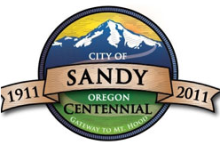On the heels of our story announcing a new open access community fiber project in Idaho, we have learned of a similar project in Cortez, Colorado. Cortez is the county seat of Montezuma County in the extreme southwest of the state and has approximately 8,000 residents. Much of Colorado has long suffered from Qwest's refusal to invest in modern networks -- though a more charitable take on it would be to say Qwest's inability because it simply does not have the capacity to invest in the kind of networks communities now need to take advantage of modern communications technologies. In the late 90's, Qwest's services in Cortez were served by microwave links incapable of meeting local needs and Qwest refused to invest in a better connection due to an insufficient business case. In the words of Rick Smith, Director of General Services for Cortez (and in charge of the network), the city then decided "to take its destiny in its own hands." They began building their own network. The initial phase was an I-Net, built with the City's capital funds, to connect schools and other public facilities. They were able to later expand that under Colorado's Beanpole Project, a program that sought to aggregate community traffic in an attempt to lure more private sector investment in networks. Along the way, they began leasing some dark fiber to private companies that needed better telecommunications options. When Qwest pushed through a bill in 2005 to limit local authority to build networks (click on Colorado on the Community Broadband Preemption Map), Cortez was grandfathered, leaving it with more authority to invest in this essential infrastructure than most communities. A press release details the financing for this latest phase:



